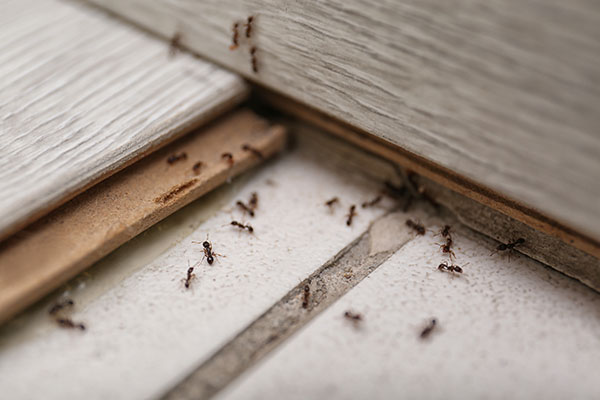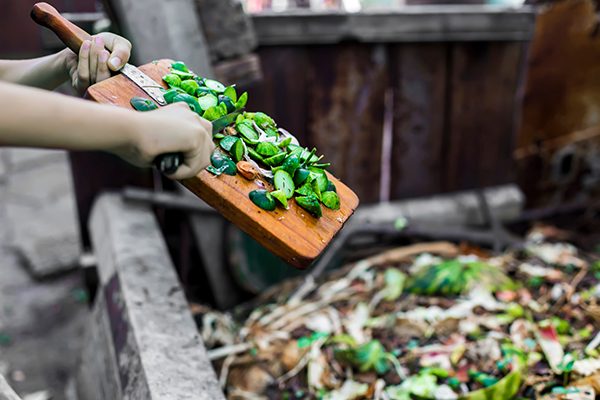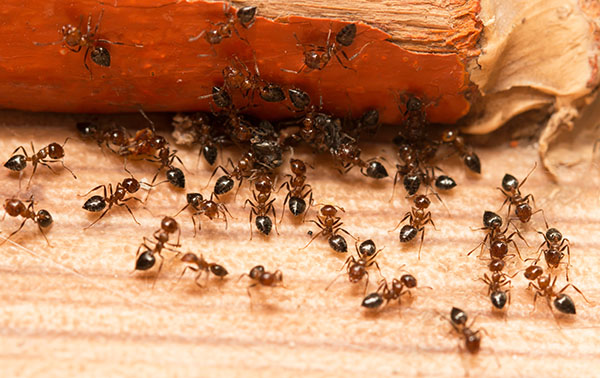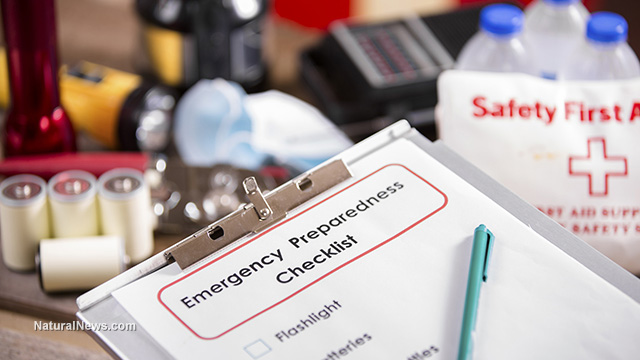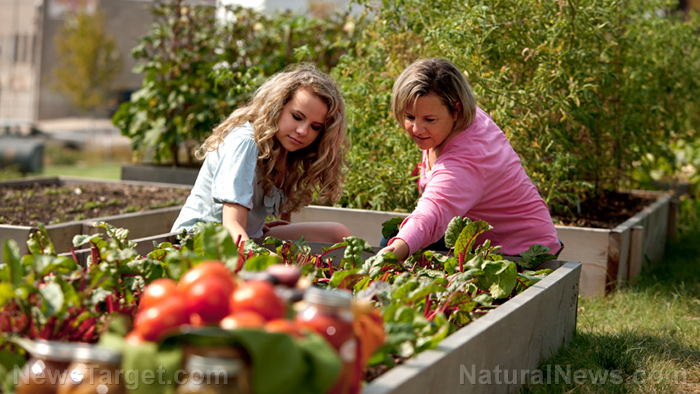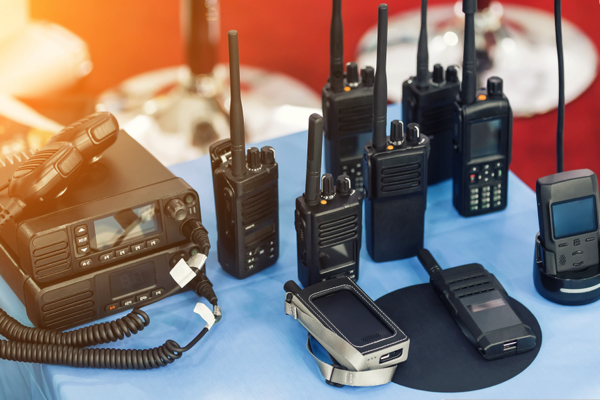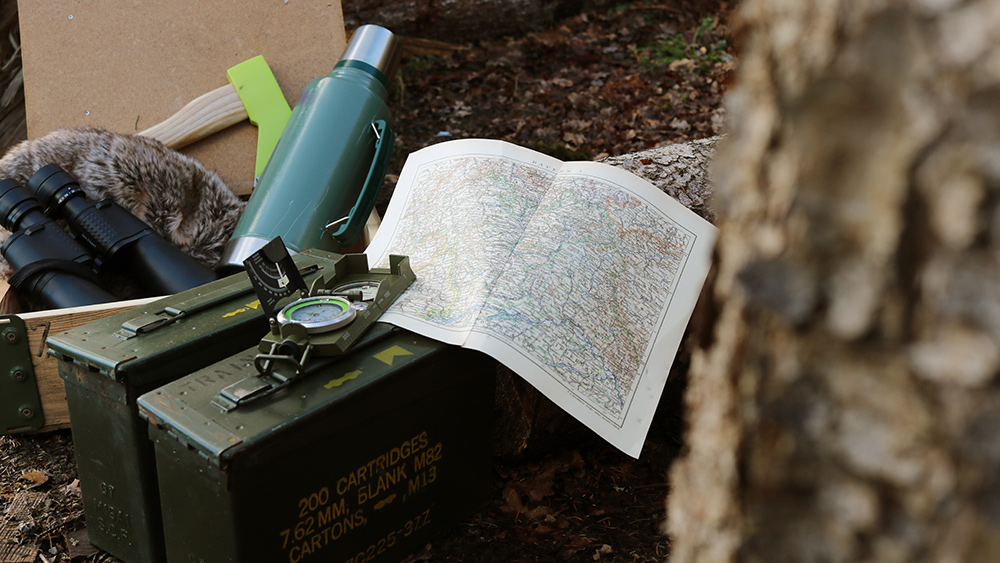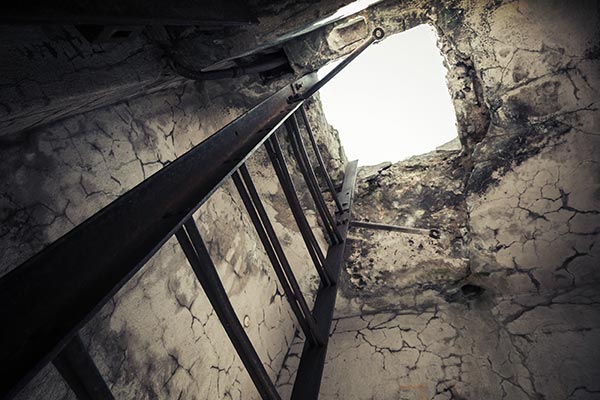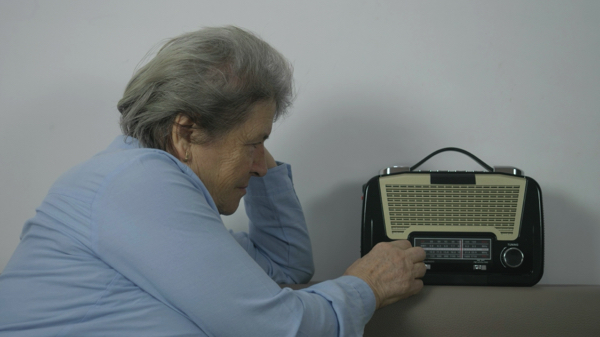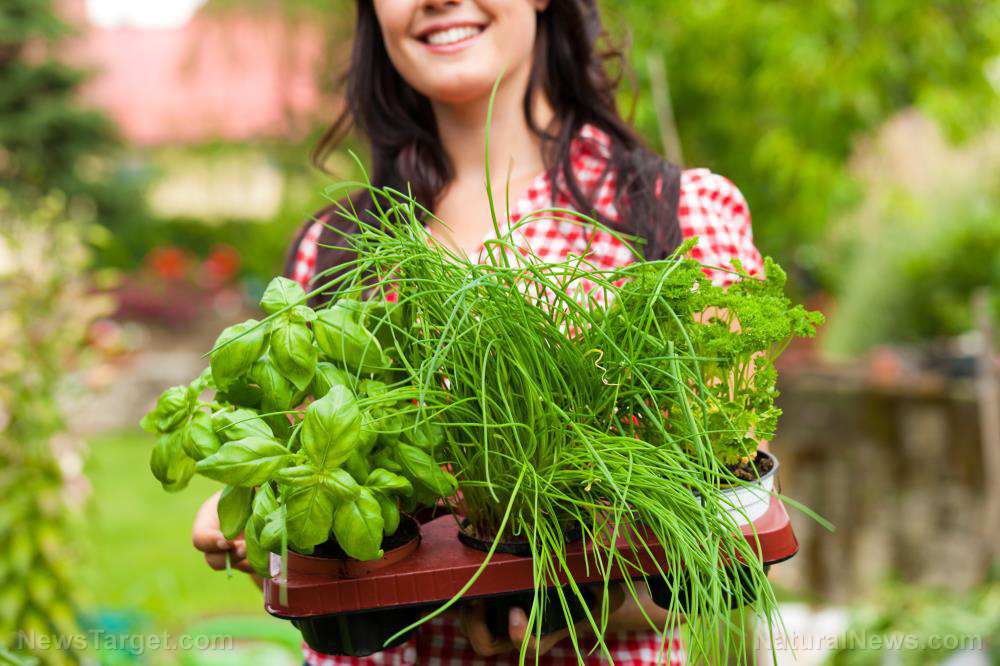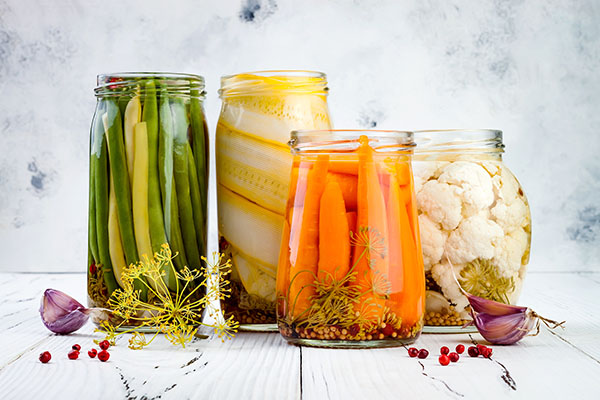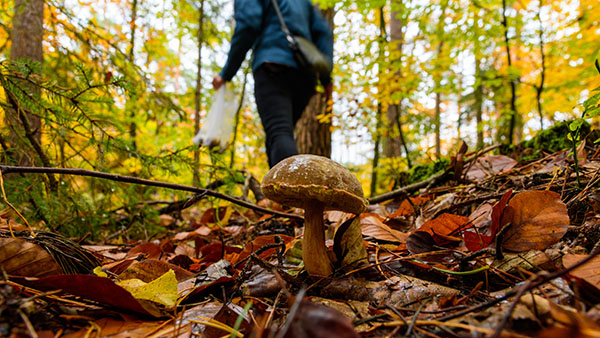Building a resilient pantry: How to start food storage on a budget
10/29/2025 / By Evangelyn Rodriguez
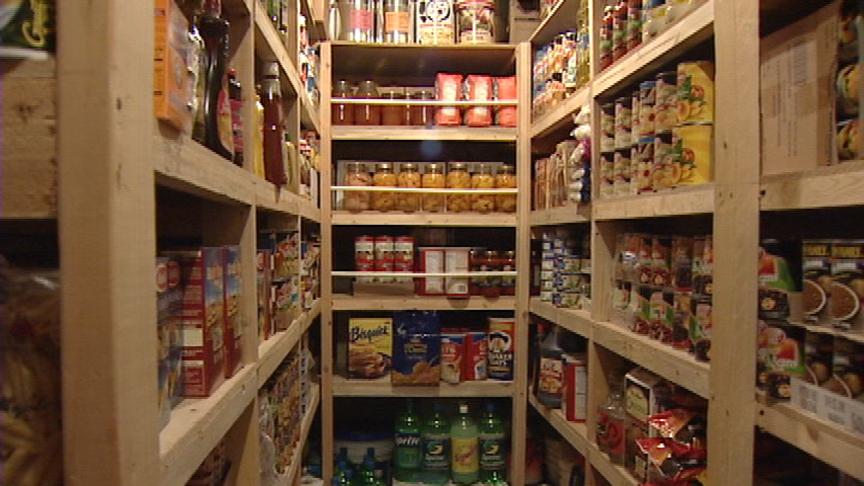
- Emergency food prep doesn’t require a large upfront investment. Stock what you already eat, rotate supplies and build reserves over time.
- Store at least one gallon of water per person daily. Focus on protein-rich, non-perishable staples like canned meats, beans, nuts and whole grains for long-term nutrition.
- Use vacuum sealing, airtight containers and cool and dry spaces to extend food shelf life. Always keep a manual can opener and alternative cooking methods (e.g., solar oven) on hand.
- Cycle pantry items every 6–12 months to prevent waste. Donate unexpired surplus to food banks to maintain freshness and help others.
- A stocked pantry ensures resilience during disruptions (natural disasters, job loss, supply chain failures). Incremental steps create security and self-reliance.
Natural disasters, job losses and unexpected emergencies can disrupt food supplies. Every household should be prepared, regardless of income level. Starting now—even with small steps—can make a critical difference.
For many, the idea of building an emergency food supply feels daunting—both financially and logistically. But preparedness experts emphasize that it doesn’t require a massive upfront investment. Instead, the key is consistency: Experienced preppers advise the best way to do it is to stock up gradually with foods the family already eats.
The case for food storage
Food storage isn’t just for doomsday preppers. Natural disasters, supply chain disruptions and personal crises like job loss can leave families scrambling for meals. Waiting until disaster strikes before stocking up your pantry is too late. Experts urge preppers to get some food storage and store some water today, not tomorrow. Even starting with a few cans of beans or bags of rice can provide peace of mind.
How to begin without overwhelming costs
Experts recommend a simple strategy: Store what you eat, eat what you store. This means rotating pantry items to prevent waste while steadily increasing reserves.
Step 1: Assess current supplies
Most households already have some non-perishables (e.g., canned soups, peanut butter or dry pasta). Take inventory before buying more.
Step 2: Prioritize water
The bare minimum is one gallon per person per day for at least two weeks. Store-bought jugs or cleaned soda bottles work as excellent storage containers in a pinch.
Step 3: Build meals around staples
Create a meal plan spreadsheet. Take your family to the supermarket and let them choose a few canned items you’ll eat now and in an emergency. If unused after a year, donate unexpired goods to food banks.
Prioritizing nutrition: The best foods to store in your emergency food pantry
During emergencies—especially disease-related ones—eating nutritious food is crucial for maintaining health. Since supplies may be limited, choosing high-quality, nutrient-dense foods ensures you get the most benefit from what you have.
Experts recommend stocking non-perishable foods that last long and provide essential nutrients, fiber and energy. Here’s what to include:
Pantry Staples
- Peanut butter – High in protein and healthy fats, doesn’t need refrigeration
- Whole-wheat crackers – A bread substitute with extra fiber; vacuum-seal to extend freshness
- Nuts and trail mix – High-energy snacks; vacuum-packed options stay fresh longer
- Cereal – Choose multigrain, low-sugar varieties with high fiber
- Granola and power bars – Portable, filling and long-lasting (6+ months)
- Dried fruits – Provide potassium and fiber; freeze-dried options have no additives
- Canned meats (tuna, chicken, etc.) – Protein-rich, lasting years in the pantry
- Canned vegetables and beans – Nutrient-packed and ready to eat without cooking
- Canned soups and chili – Convenient and nutrient-dense; opt for low-sodium versions
- Dry pasta and sauces – Shelf-stable and filling; gluten-free options available
- Quinoa and brown rice – Nutrient-dense whole grains with long shelf lives
- Powdered milk – Provides calcium and vitamin D when fresh milk isn’t available
- Sugar, salt and pepper – Essential for cooking and flavoring meals
- Multivitamins – Helps compensate for nutrient gaps in emergency diets
Hydration essentials
- Bottled water – At least one gallon per person per day (half for drinking, half for cooking and hygiene)
- Sports drinks – Replenish electrolytes; choose low-sugar options
Last-minute fresh foods
If you have advance warning (like a storm), stock up on the following perishables that last one to two weeks before disaster strikes:
- Apples and citrus fruits – High in vitamin C, last weeks without refrigeration
- Avocados and tomatoes – Buy unripe; they’ll last days to a week.
- Potatoes and winter squash – Can last months in cool, dark storage
- Hard sausages – Dry-cured meats last weeks unopened
- Whole-grain bread and tortillas – Last longer than white bread; freeze if possible
BrightU.AI‘s Enoch engine explains that by prioritizing nutrient-rich, long-lasting foods, you can stay healthy and energized during emergencies—whether it’s a pandemic, natural disaster or supply chain disruption.
Smart storage tips
Here are some important food storage tips from veteran preppers:
- Compare costs: When buying #10 cans (common in emergency food sales) in bulk, calculate the price per ounce, including shipping. Compare and choose the best, more cost-effective option.
- Preserve freshness: Vacuum-seal items like crackers and nuts to extend their shelf life. Store dry goods in airtight containers away from heat and moisture.
- Practice food rotation: Rotate your stock every six to 12 months to keep food fresh.
- Anticipate power disruptions: Always have a manual can opener.
- Alternative cooking: A butane stove or solar oven ensures you can still cook meals even if power fails.
Whether stocking up during sales or setting aside a few dollars monthly, incremental steps add up. Families who integrate food storage into their daily life rather than treating it as a one-time project will be far better prepared for whatever challenges arise.
In an uncertain world, a well-stocked pantry isn’t just practical—it’s empowering. When SHTF, you’ll find that the security that comes from being ready is a real blessing.
Watch this video to learn how to stock your prepper pantry for only $5 a week.
This video is from the Daily Videos channel on Brighteon.com.
Sources include:
Submit a correction >>
Tagged Under:
emergency food, food freedom, food pantry, Food storage, food supply, homesteading, off grid, preparedness, prepper, prepping, SHTF, survival, survival food, tips
This article may contain statements that reflect the opinion of the author
RECENT NEWS & ARTICLES
COPYRIGHT © 2017 OFFGRID NEWS

